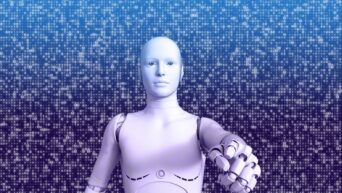Pets such as cats and dogs are like family to their owners. Sons and daughters to parents, and brothers and sisters to children. When a pet is lost, it is a difficult experience to go through and unfortunately many pets get lost and are never found. Collars and microchips, though helpful, are sometimes not enough. The best case scenario is that a lost pet ends up at a local shelter where their family may have a chance to relocate them. However, many shelters across the country are woefully overpopulated, and as such, many animals are unfortunately put to sleep. Others get adopted by other people, which is a better ending for the animal than being put to sleep, but a tragic one for the original owners.
The Baltimore Animal Rescue and Care Shelter will be utilizing some facial recognition technology known as Finding Rover to help aid in the effort of reuniting lost pets at Baltimore shelters with their families.
Finding Rover was developed by a man named John Polimeno in collaboration with specialists from the University of Utah. The cutting edge technology is designed to analyze 138 features of an animal’s face, and will cross reference the information with data stored in its database.
According to Polimeno, the technology was able to correctly identify animals from a batch of 25,000, 98% of the time. Since 2013, Polimeno stated that Finding Rover has reunited over 15,000 pets with their families. In other words, Finding Rover is very effective.
Pet owners are able to take photos of their beloved companions and upload them for free to Finding Rover’s database along with any other relevant information about them or their pets. It is important to take full frontal photos as obscured side photos decrease Finding Rover’s effectiveness.
This technology will be a huge benefit to every lost pet out there, but especially for certain animals such as black cats or pitbulls, which have very low adoption rates.
































